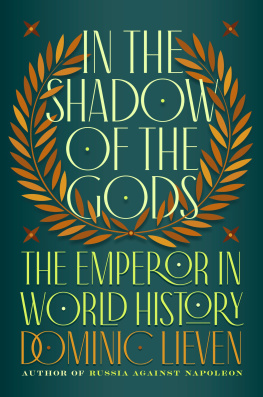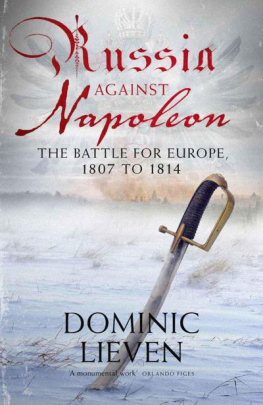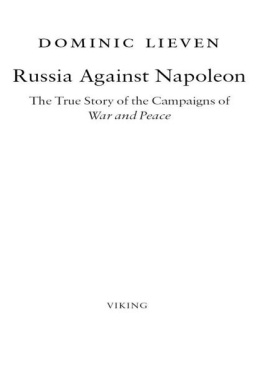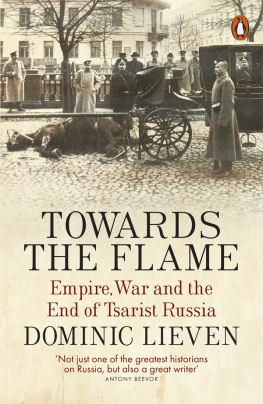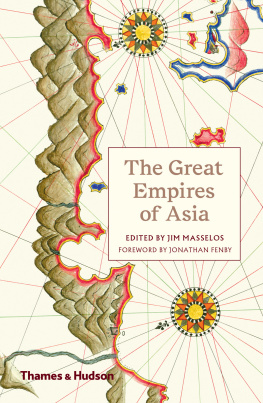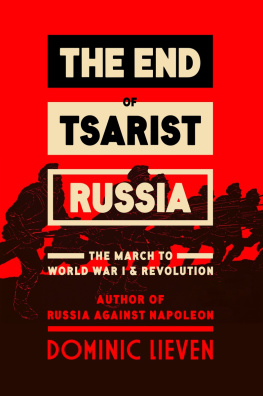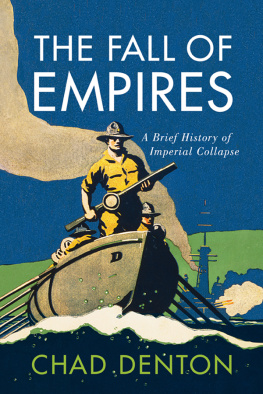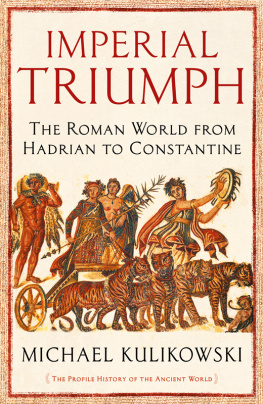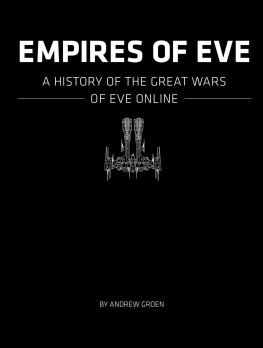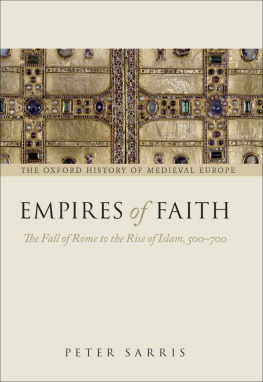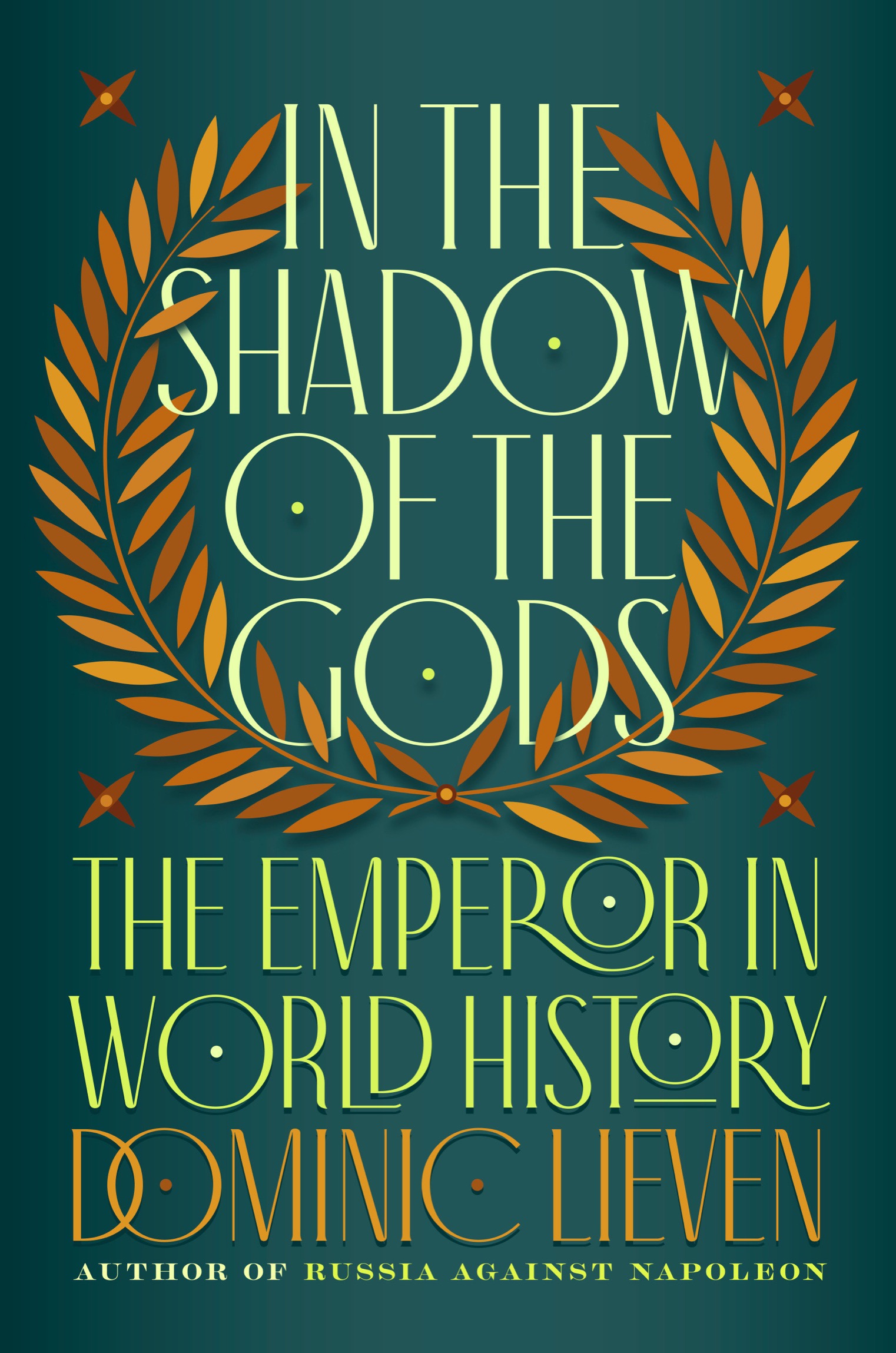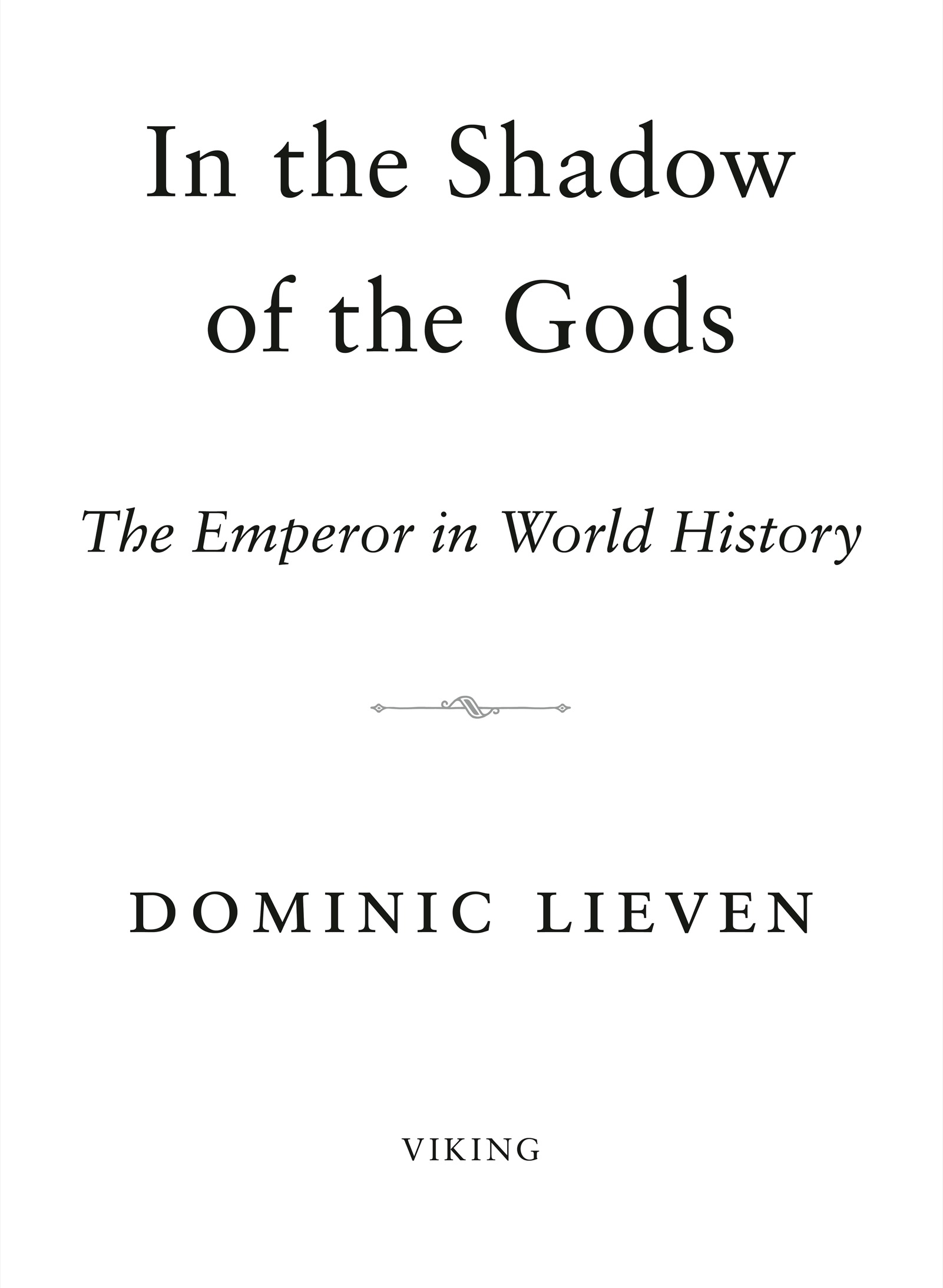Dominic Lieven - In the Shadow of the Gods: The Emperor in World History
Here you can read online Dominic Lieven - In the Shadow of the Gods: The Emperor in World History full text of the book (entire story) in english for free. Download pdf and epub, get meaning, cover and reviews about this ebook. City: New York, year: 2022, publisher: Viking, genre: History. Description of the work, (preface) as well as reviews are available. Best literature library LitArk.com created for fans of good reading and offers a wide selection of genres:
Romance novel
Science fiction
Adventure
Detective
Science
History
Home and family
Prose
Art
Politics
Computer
Non-fiction
Religion
Business
Children
Humor
Choose a favorite category and find really read worthwhile books. Enjoy immersion in the world of imagination, feel the emotions of the characters or learn something new for yourself, make an fascinating discovery.
- Book:In the Shadow of the Gods: The Emperor in World History
- Author:
- Publisher:Viking
- Genre:
- Year:2022
- City:New York
- Rating:3 / 5
- Favourites:Add to favourites
- Your mark:
In the Shadow of the Gods: The Emperor in World History: summary, description and annotation
We offer to read an annotation, description, summary or preface (depends on what the author of the book "In the Shadow of the Gods: The Emperor in World History" wrote himself). If you haven't found the necessary information about the book — write in the comments, we will try to find it.
From the rise of Sargon of Akkad, who in the third millennium BCE ruled what is now Iraq and Syria, to the collapse of the great European empires in the twentieth century, the empire has been the dominant form of power in history. Dominic Lievens expansive book explores strengths and failings of the human beings who held those empires together (or let them crumble). He projects the power, terror, magnificence, and confidence of imperial monarchy, tracking what they had in common as well as what made some rise to glory and others fail spectacularly, and at what price each destiny was reached.
Lievens charactersConstantine, Chinggis Khan, Trajan, Suleyman, Hadrian, Louis XIV, Maria Theresa, Peter the Great, Queen Victoria, and dozens morecome alive with color, energy, and detail: their upbringings, their loves, their crucial spouses, their dreadful children. They illustrate how politics and government are a gruelling business: a ruler needed stamina, mental and physical toughness, and self-confidence. He or she needed the sound judgement of problems and people which is partly innate but also the product of education and experience. A good brain was essential for setting priorities, weighing conflicting advice, and matching ends to needs. A diplomatically astute marriage was often even more essential.
Emperors (and the rare empresses) could be sacred symbols, warrior kings, political leaders, chief executive officers of the government machine, heads of a family, and impresarios directing the many elements of soft power essential to any regimes survival. What was it like to live and work in such an extraordinary role? What qualities did it take to perform this role successfully? Lieven traces the shifting balance among these elements across eras that encompass a staggering array of events from the rise of the worlds great religions to the scientific revolution, the expansion of European empires across oceans, the great twentieth century conflicts, and the triumph of nationalism over imperialism.
The rule of the emperor may be over, but Lieven shows us how we live with its poltical and cultural legacies today.
Dominic Lieven: author's other books
Who wrote In the Shadow of the Gods: The Emperor in World History? Find out the surname, the name of the author of the book and a list of all author's works by series.

